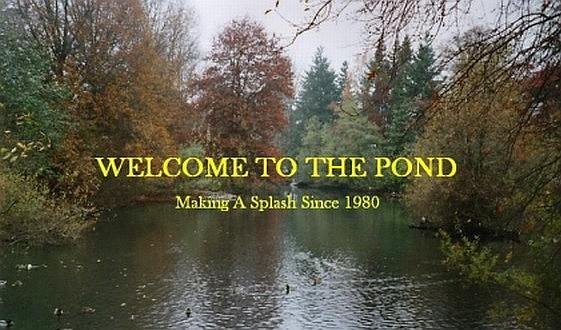College Memories
This installment of "College Memories" is about the great chore of university life: buying textbooks!
At the U of Oregon, your only choice for textbook-buying was the University Bookstore, unless you wanted to search the used bookstores or the internet. The used bookstores actually had a decent selection of used books for classes, but I usually just used the school bookstore because it was easier. Also, in many cases the school store would buy back the textbooks it sold at about half or a little more than half of the original sale price. So that way, you could at least get some of your money back at the end of the term. Many books you couldn't sell back, though, because of new editions published or they just weren't in demand for future terms.
At the University Bookstore, the area for book sales was upstairs. Most of the room was dedicated to sales of normal books not used for classes, also known as "general" books. The textbook area was in the back of the room, in a semi-open room of its own. The books were stacked in cases that were lined up in rows, or in cases all around the walls. There were even bookcases out near the general books. With all those rows of books to search through, one needed to take a look at the map of the textbook area to see where each subject was located. Or, if you knew where the subject would be, you could just go there directly. Each bookcase was marked with the subject name for easier finding, and each stack of books for a particular class listed the subject name, number of the class, professor's name, name of the book, and the assigned number of the class. That way, you were sure to find the exact books you needed for any class.
There are three ways of finding out which books you need in your classes. You could just browse the stacks and look for your professor and class; you could wait until the professor handed out the syllabus on the first day; or, the easiest way, you could go online to the bookstore's website and use the class numbers to get a list of which books you needed. You'd get a list of the books, marked with price and whether the book was optional or required. Print out that list, take it with you to the bookstore, and you're good to go.
After minutes of searching for and gathering all the required textbooks for all your classes, you'd take your stack of them (sometimes small, but sometimes very large and heavy) to the line leading to the cashiers. This is the aggravating part, because you have to wait forever and inch along the line, which snaked in and out of the stacks of general books from all the way in the back of the store, to the front. Once you finally reached the cashiers, you'd be directed to the next available checkout and hand the cashier person your stack of books. They'd scan them all, put them all in the colorful Donald Duck bag the bookstore gave with every purchase, ask for your student I.D., and then give you the receipt and tell you the last date you could sell them back. You'd haul your yellow Donald Duck bag full of heavy books and be on your way!
As for prices, the books were quite expensive!! Some books could be anywhere from $100 to $300. Little novels for English classes were usually $10 to $15. Most of the other books were somewhere in between those extremes. The high prices are caused by new editions being printed, and the inclusion of study guides, CD-ROMs and more unnecessary extras to drive up the price. Even with the bookstore discount of 10% for faculty and students, the books were still pretty expensive. Books are definitely a major expense for every college student, every single term.
If one did not wish to purchase the expensive books, there was another option: some professors put the books for their classes on reserve at the University Library. While not exactly convenient, reading the reserve books is a way to keep expenses down and still be able to keep up.
Well, that's the story of book-buying at college! It's quite the ordeal, but yet it's an ordeal that all students share in common.
Thursday, September 16, 2004
Posted by
Russ
at
9:41 PM
![]()
Labels: beausoleil, college memories, personal
Subscribe to:
Post Comments (Atom)








No comments:
Post a Comment